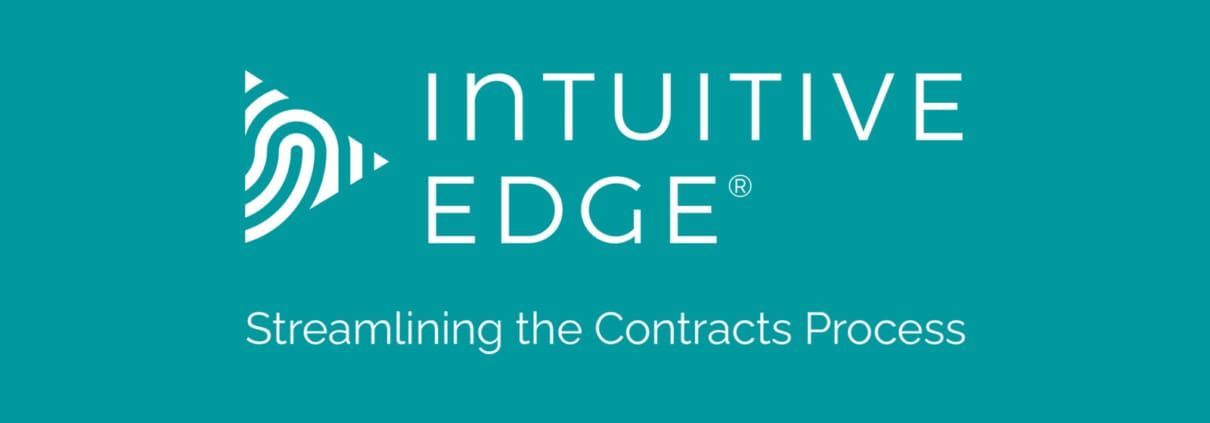The OASIS Cycle Applied to Contract Transition
1. Organize: Establishing a Clear Framework
The first step in managing contract transitions during acquisitions or divestitures involves organizing all contract-related documents and data. This includes gathering contracts, identifying key contractual obligations, and categorizing them based on criteria such as importance, complexity, and risk. In this phase, setting up a clear framework for managing these contracts is crucial, as it sets the foundation for a streamlined process.
2. Analyze: In-Depth Review, Assessment and Data Gathering
Once contracts are organized, the next step is to conduct a thorough analysis. This involves reviewing contractual terms, assessing obligations, and identifying any potential risks or benefits associated with the contracts. It’s crucial to understand how each contract fits into the broader business strategy of the acquisition or divestiture, which can determine if contracts should be renegotiated, renewed, or terminated.
3. Standardize: Creating Uniformity
Standardization involves developing consistent procedures and templates for handling contracts throughout the transition process. This could include standard approaches to renegotiating terms or templates for new contracts that need to be drafted. Standardization ensures that regardless of who handles the contract, the approach remains uniform, reducing errors and inefficiencies.
4. Institutionalize: Embedding Processes
The institutionalization phase focuses on embedding the standardized processes into the organization’s everyday operations. This involves training teams, setting up systems for monitoring contracts, and integrating contract management tools. Ensuring that these processes are deeply rooted in the organizational culture is key to long-term success and compliance.
5. Synergize: Enhancing Collaboration and Innovation
The final phase of the OASIS cycle, synergize, emphasizes improving collaboration among various stakeholders involved in the contract transition process. This could include legal teams, financial advisors, and operational managers. Synergy aims to foster a collaborative environment where innovative solutions can be developed to tackle complex contract transition challenges.
Integrating Flow State Concepts
The concept of a flow state, where individuals or teams operate at their peak level of performance and efficiency, can significantly enhance each phase of the OASIS cycle. Here’s how integrating flow state principles can optimize the contract transition process:
Deep Focus: Encouraging a state of deep focus among team members, especially during the Organize and Analyze phases, can lead to more accurate and thorough assessments of contracts.
Clear Goals and Immediate Feedback: In the Standardize and Institutionalize phases, setting clear goals and providing immediate feedback helps maintain a high level of performance and ensures that standardized processes are correctly implemented.
Challenging yet Achievable Tasks: Throughout the Synergize phase, presenting teams with challenges that are aligned with their skills fosters innovation and encourages problem-solving in complex situations.
By applying the OASIS Cycle® to contract transitions during acquisitions and divestitures, companies can ensure a structured, efficient approach to managing contracts. Furthermore, by fostering a flow state among team members, organizations can enhance focus, increase productivity, and encourage innovative thinking. Together, these methodologies provide a robust framework for companies aiming to navigate the complexities of contract transitions smoothly and effectively, thereby supporting overall business strategy and success.
 In the intricate world of corporate acquisitions and divestitures, managing contract transitions efficiently is essential. This process involves navigating through numerous contracts, adjusting them to new business realities, and ensuring they align with strategic objectives. To streamline this complexity, adopting a structured approach like the OASIS Cycle® (Organize, Analyze, Standardize, Institutionalize, Synergize) can be incredibly beneficial. Moreover, integrating the principles of the “flow state,” as described by Mihaly Csikszentmihalyi in his books including “Finding Flow”, can enhance the effectiveness and efficiency of this process, leading to superior outcomes.
In the intricate world of corporate acquisitions and divestitures, managing contract transitions efficiently is essential. This process involves navigating through numerous contracts, adjusting them to new business realities, and ensuring they align with strategic objectives. To streamline this complexity, adopting a structured approach like the OASIS Cycle® (Organize, Analyze, Standardize, Institutionalize, Synergize) can be incredibly beneficial. Moreover, integrating the principles of the “flow state,” as described by Mihaly Csikszentmihalyi in his books including “Finding Flow”, can enhance the effectiveness and efficiency of this process, leading to superior outcomes.






Leave a Reply
Want to join the discussion?Feel free to contribute!